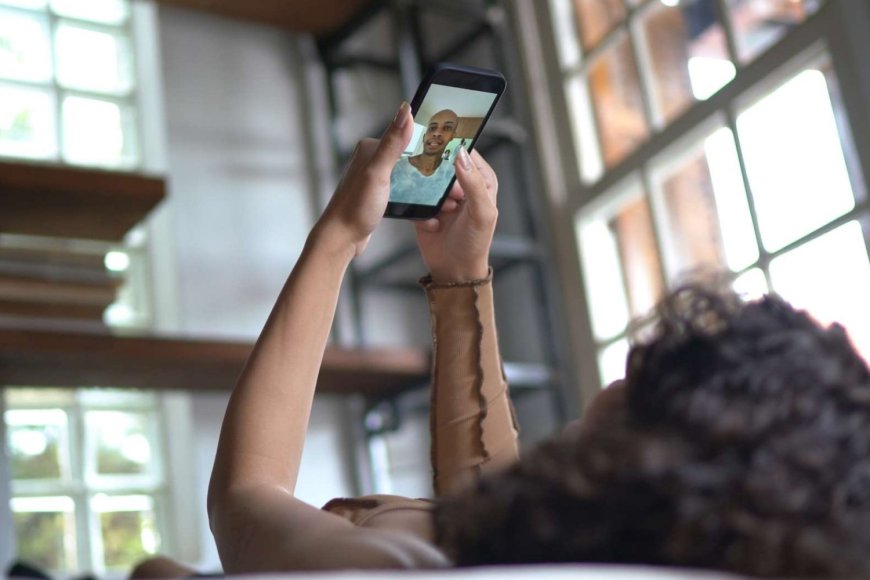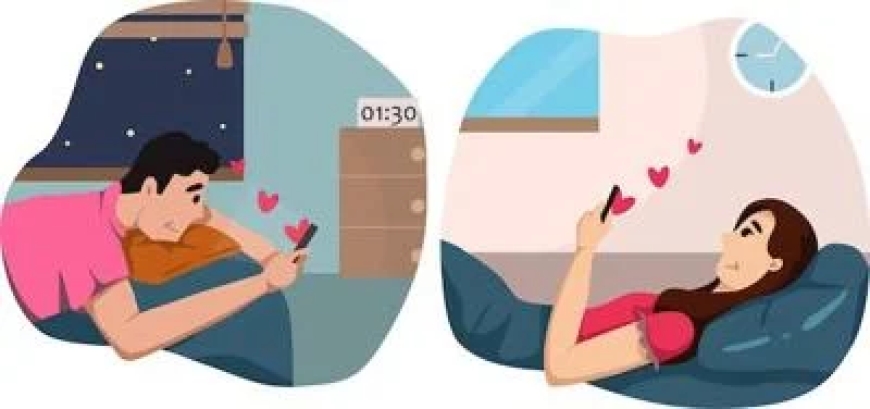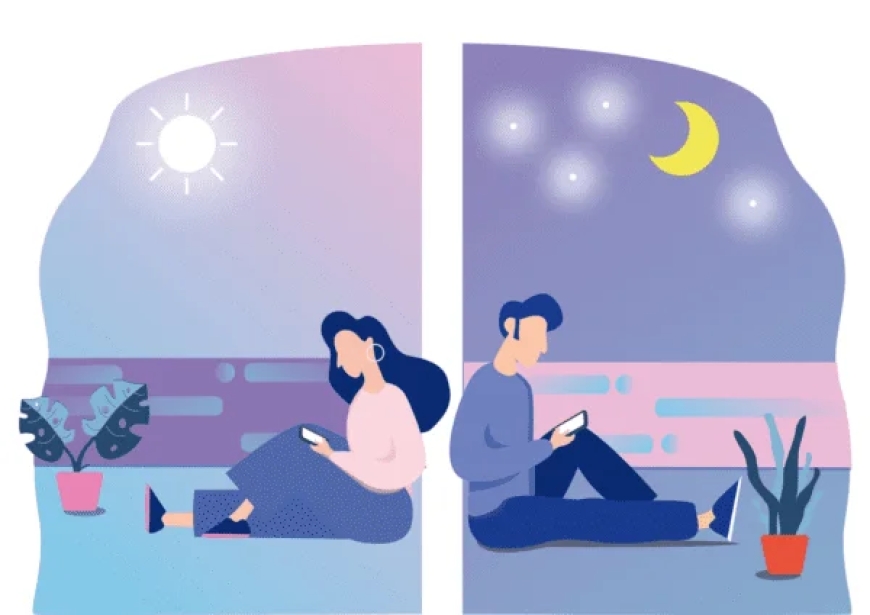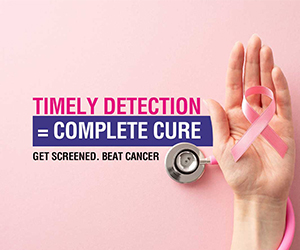Navigating Long-Distance Romantic Relationships Successfully
Explore what pansexuality means, how it differs from other sexual orientations, and how pansexual individuals experience love beyond gender.

Understanding Pansexuality: Love Without Gender Boundaries
Pansexuality is a sexual orientation characterized by the capacity to be attracted to people regardless of their gender identity or biological sex. In other words, pansexual individuals may experience emotional, romantic, or sexual attraction to people of all genders—including male, female, transgender, non-binary, genderqueer, agender, and more. The term emphasizes the belief that gender is not a limiting factor in who one can love or be attracted to.
What Does Pansexual Mean?
The word "pansexual" comes from the Greek prefix "pan," meaning "all." It reflects an inclusive approach to love and attraction. Unlike some orientations that may focus on a specific gender or binary framework, pansexuality embraces a broader, more fluid understanding of identity. Pansexual people are not necessarily attracted to everyone they meet; rather, their attraction is not limited by gender.
Pansexuality vs. Bisexuality
One of the most common questions surrounding pansexuality is how it differs from bisexuality. Bisexuality typically refers to attraction to more than one gender—often interpreted as male and female. Pansexuality, on the other hand, explicitly includes attraction to people of all gender identities, including those outside the traditional gender binary. However, it's important to note that both bisexual and pansexual people can have diverse and overlapping experiences. Personal definitions and preferences vary, and both identities are valid within the LGBTQ+ spectrum.
Common Misconceptions About Pansexuality
Pansexuality is often misunderstood or misrepresented. Some believe that pansexuals are attracted to “everyone,” which inaccurately suggests promiscuity or indiscriminate attraction. In truth, pansexual individuals are just as selective and nuanced in their attractions as anyone else. Another misconception is that pansexuality is just a “trend” or “phase,” which undermines the legitimacy of the identity. These stereotypes can contribute to feelings of invisibility and invalidation.

Pansexual Visibility and Representation
Although pansexuality has gained more recognition in recent years, especially on social media, representation in mainstream media remains limited. Characters who identify as pansexual are still rare, and pansexuality is often conflated with bisexuality in public discourse. Increased visibility is crucial to helping pansexual people feel seen and understood. Advocacy for better representation is ongoing, and more creators are beginning to tell stories that reflect pansexual experiences.
Coming Out as Pansexual
Coming out as pansexual can be a powerful and liberating experience. However, it may also come with challenges, especially in communities that lack awareness or understanding of non-binary sexual orientations. Pansexual people may face questions, disbelief, or pressure to “prove” their identity. Supportive friends, family, and LGBTQ+ networks can make a significant difference in navigating the coming-out process with confidence and self-acceptance.
Pansexuality and Gender Inclusivity
One of the core values of pansexuality is gender inclusivity. Pansexual individuals often have a deep appreciation for the diversity of gender identities and are advocates for trans and non-binary rights. Their orientation inherently challenges binary thinking and supports the broader movement for gender equity. For many pansexual people, being inclusive isn’t just about attraction—it’s about social justice and human dignity.
Relationship Dynamics and Pansexuality
Pansexual relationships are as diverse as the people in them. Some may be monogamous, while others are polyamorous or open. The gender identity of a partner does not define or restrict the relationship. What matters most is mutual respect, communication, and compatibility. Because pansexual individuals are open to a wide range of partners, discussions about gender roles, expectations, and experiences may be especially rich and enlightening.
Pansexuality and Mental Health
Like many people within the LGBTQ+ community, pansexual individuals may face mental health challenges related to stigma, invisibility, or rejection. Discrimination, lack of acceptance, and invalidation can contribute to anxiety, depression, and low self-esteem. Access to affirming mental health resources and supportive environments is essential for well-being. Therapy, peer support, and educational materials can empower pansexual people to embrace their identity and thrive.

Celebrating Pansexual Pride
Pansexual Pride Day is celebrated on May 24 each year. The pansexual pride flag features three horizontal stripes: pink for attraction to those who identify as female, yellow for attraction to non-binary individuals, and blue for attraction to those who identify as male. Pride events, social media campaigns, and community gatherings provide opportunities to celebrate identity, raise awareness, and promote visibility for pansexual people everywhere.
How to Support a Pansexual Person
If someone in your life identifies as pansexual, the most important thing you can do is listen, learn, and show respect. Avoid making assumptions about their attractions or relationships. Use inclusive language, educate yourself about the pansexual experience, and stand up against biphobia and panphobia. Being a good ally means validating people’s experiences and creating safe, accepting spaces for them to be themselves.












